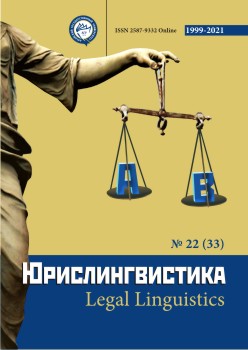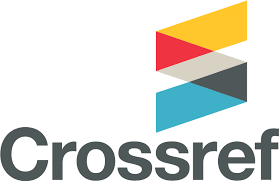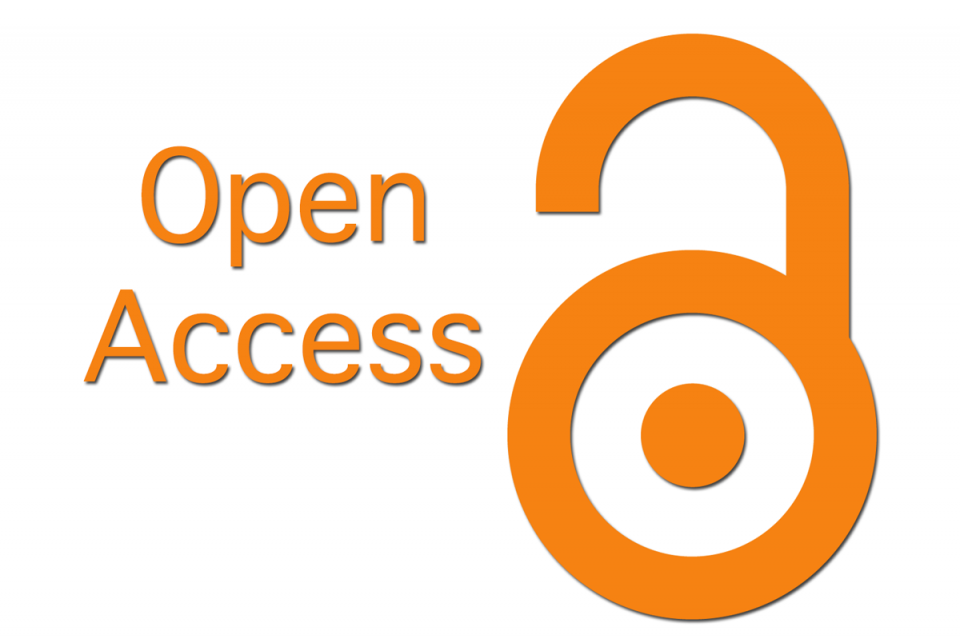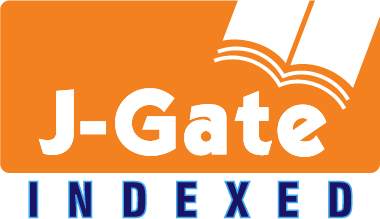On the Results of the Expertise of Normative Acts of the Regions of the Russian Federation and Foreign Countries to Identify the Best Practices of Legal Regulation of Children and Youth, Student and Adaptive Sports
Abstract
The article describes the results of the expertise of normative acts of 22 regions of Russia, carried out by the authors in order to identify the best practices of legal regulation of children and youth, student and adaptive sports. The analysis of the listed normative acts has showed that the provisions on youth, student and adaptive sports were reflected through the consolidation of the relevant norms as the powers of the authorities of the subjects, the powers of local governments, priority areas of support or principles of legislation, provisions on additional support. Some normative acts contain separate articles or chapters devoted to physical education and the development of physical culture and sports in educational organizations, as well as devoted to adaptive physical culture. The provisions on children and youth, student and adaptive sports are most extensively reflected in the corresponding laws of the city of Moscow, the Republic of Sakha (Yakutia), Sverdlovsk Oblast, the Omsk Oblast, the Novosibirsk Oblast. The studied issue has received the smallest amount of legal regulation in the law of the Samara Oblast. The article also provides the results of a selective expertise of the regulations of the autonomous communities of Spain and the regulations of some US states. Based on the results of the expertise, recommendations have been formulated for the further improvement of the Russian regional legislation in the studied field. In particular, it has been recommended to formulate and consolidate the norms determined by the characteristics of a particular region, to include them in the text of law provisions on specific measures, in particular, on the development of sports infrastructure, using the possibilities of the institution of social partnership, to include provisions aimed at creating a positive attitude towards a healthy lifestyle and sports from an early age, tolerant attitude towards physically impaired athletes.
Downloads
Metrics
References
Блажеев В.В., Байрамов В.М. [и др.] Спортивное право России: учебник для магистров (отв. ред. Д.И. Рогачёв). – М., 2016. //URL:https://internet.garant.ru/#/document/57244712/paragraph/1309/doclist/2395/showentries/0/highlight/блажеев:3.
Бобровский Е.А. Состояние массового спорта в регионах ЦФО // Карельский научный журнал. – 2017. – № 3 (20). – С. 145-148.
Квашук П.В., Грачев Н.П., Маслова И.Н. Совершенствование управления развитием детско-юношеского спорта в России / Научно-теоретический журнал «Ученые записки». – 2011. – № 5(75). – С. 64-68.
Двейрина О.А., Терехина Р.Н., Винер-Усманова И.А. О концепции развития детско-юношеского спорта в Российской Федерации. / Ученые записки университета им. П.Ф. Лесгафта. – 2020 – № 9 (187). – С. 77-84.
Коваленко Е.Ю., Тыдыкова Н.В., Шавандина О.А. О соблюдении правил законодательной техники при создании нормативных актов Алтайского края в области физической культуры и спорта / Юрислингвистика. – 2020. – №18 (29). – С. 8-11.
Зотова Е.П. Организация массовых благотворительных забегов в Испании / Актуальные проблемы спортивного права: российский и зарубежный опыт: сборник материалов Всероссийского круглого стола (с международным участием). – Барнаул, 2021. – С. 64-77.
Соловьев А.А., Понкин И.В. Законодательство штата Техас о спорте / Предисловие д.ю.н., проф. С.В. Алексеева / Комиссия по спортивному праву Ассоциации юристов России; Национальное объединение спортивных юристов. – М., 2012.
Соловьев А.А. Аризонская модель систематизации спортивного законодательства / Вестник РУДН. Серия «Юридические науки». – 2011. – №3. – С. 124-130.
Copyright (c) 2021 Надежда Тыдыкова, Екатерина Коваленко, Ольга Шавандина

This work is licensed under a Creative Commons Attribution 4.0 International License.
The authors, which are published in this journal, agree to the following conditions:
1. Authors retain the copyright to the work and transfer to the journal the right of the first publication along with the work, at the same time licensing it under the terms of the Creative Commons Attribution License, which allows others to distribute this work with the obligatory indication of the authorship of this work and a link to the original publication in this journal .
2. The authors retain the right to enter into separate, additional contractual agreements for the non-exclusive distribution of the version of the work published by this journal (for example, to place it in the university depository or to publish it in a book), with reference to the original publication in this journal.
3. Authors are allowed to post their work on the Internet (for example, in a university repository or on their personal website) before and during the review process of this journal, as this may lead to a productive discussion, as well as more links to this published work (See The Effect of Open Access).











